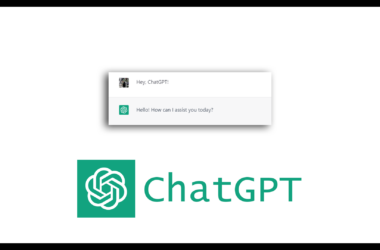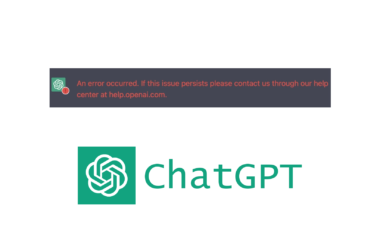Want to know how you can fix the ‘429 too many requests error’ on ChatGPT?
Although ChatGPT is one of the best AI-powered chatbots in the world, it is not perfect. Like most online platforms, ChatGPT is also vulnerable to bugs, errors, and unexpected downtimes.
Recently, users have been complaining about a ‘429 too many requests’ error when accessing ChatGPT. This prevents them from logging into their accounts and using the AI-powered chat service.
Rate limit errors usually occur when you hit your rate limit or the maximum number of requests and tokens that can be submitted in a minute.
In this guide, we will show you how to fix the ‘429 too many requests’ error on ChatGPT.
Let’s begin!
1. Check the Servers.
When you encounter this issue on ChatGPT, the first thing to do is check the servers. Since ChatGPT is an online service, it relies on its servers to deliver content and features.
You can head to OpenAI’s status page to check if there are reported problems.
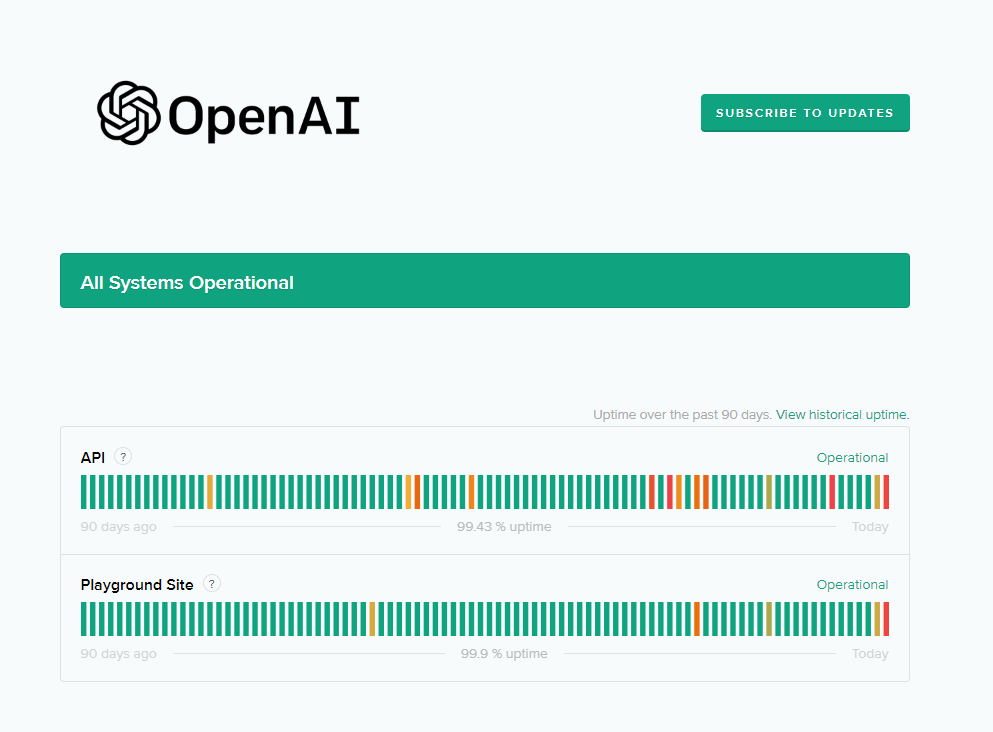
If ChatGPT’s servers are down, the only option you have is to wait. Unfortunately, server-related problems can only be resolved on OpenAI’s side and changes to your system won’t affect the status of the service.
On the other hand, you can head to the next solution if ChatGPT’s servers are fine.
2. Restart Your Computer.
Try restarting your computer if you keep seeing the 429 too many requests error. This should reload your resources and network connection, resolving any temporary issues that may have occurred during use.
For Windows:
- Click on the Windows icon on your Taskbar to open the Start Menu.
- Now, access the Power Options tab.
- Choose Restart from the pop-up menu.
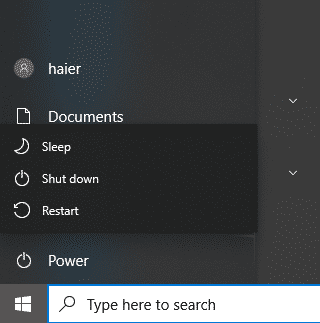
For Mac:
- First, click on the Apple icon in the upper left corner of your screen.
- After that, choose Restart from the drop-down menu.
- Confirm your action by clicking Restart on the dialog box.
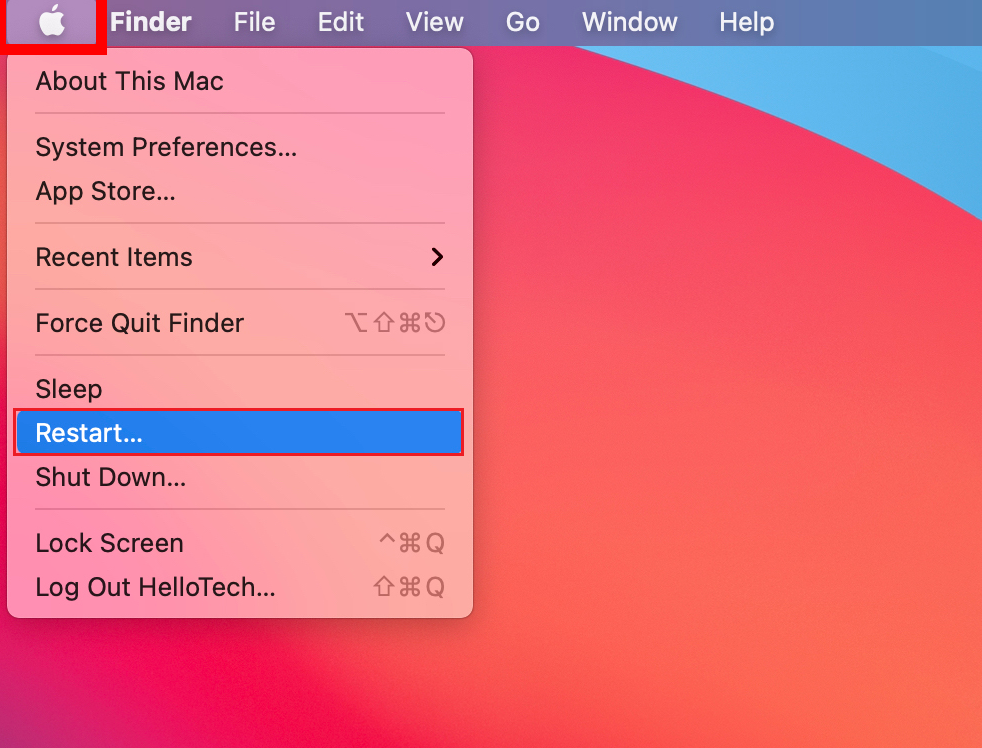
Once done, re-access ChatGPT and check if the problem is solved.
3. Wait It Out.
You might want to wait for a few minutes if you continue to encounter the ‘429 too many requests’ error on ChatGPT. This error usually indicates that you’ve attempted to connect to the servers multiple times within a short period.
Close your web browser and wait for at least five minutes before accessing ChatGPT again.
4. Try A Different Browser.
Using a different browser might also solve this issue on ChatGPT. The limit on your account might be bound to the browser you’re using and you might be able to use the service on other browsers.
We suggest using Google Chrome, Mozilla Firefox, or Microsoft Edge to access ChatGPT, which is highly optimized for most websites.
5. Monitor Your Usage.
If you are using ChatGPT’s API for development, you might want to monitor your usage and optimize your workflow. This way, you can avoid hitting the request limit set by OpenAI to ChatGPT.
Here’s what you can do:
- Take advantage of caching to reduce the number of requests you make.
- Batch your requests to minimize the number of individual requests.
- Use compression to reduce the size of your requests.
- You can use back-off logic to slow down requests when you get an error response.
- Review your code for errors and other issues.
6. Check Your Network Connection.
A slow or unstable network connection could also trigger the ‘429 too many requests’ error on ChatGPT. To confirm if your network is the problem, run a test using Fast.com to measure its bandwidth.
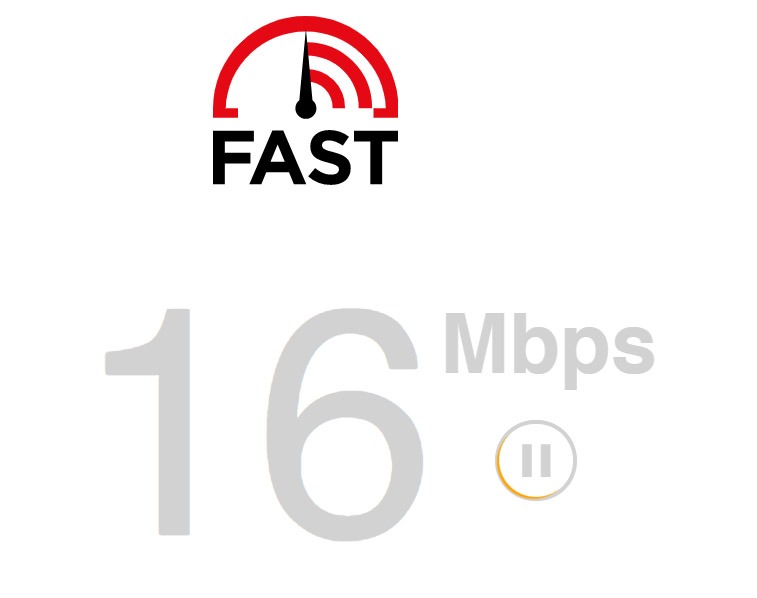
If you’ve confirmed that your connection is the problem, restart your modem or router to refresh the link with your ISP. Remove your router’s power cable from the outlet and let it rest for 5 to 10 seconds. Plug back in the power cable and wait for your router to initialize.

Re-run the test afterward to check if the problem is solved. If the issue persists, contact your provider and ask them to fix their service.
7. Clear Your Browsing Data.
Clearing your browsing data might also help resolve the ‘429 too many requests’ error on ChatGPT. This should eliminate corrupted caches and cookies from your browser and refresh your account data.
Here’s how you can clear your browsing data:
- Launch your browser and access its Settings.
- Inside Settings, scroll down and look for Privacy and Security.
- Click on Clear Browsing Data.
- Next, change the Time Range to All Time.
- Include caches and cookies in the process and click on Clear Data.
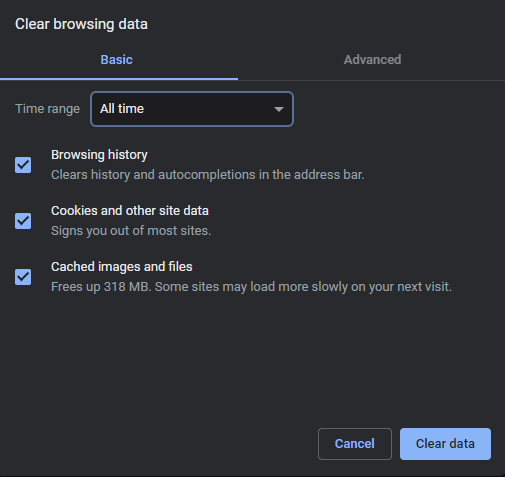
Once done, go back to ChatGPT, re-login to your account, and check if the 429 error would still occur.
8. Turn Off VPN.
VPNs could also be the reason you encounter issues using ChatGPT. We recommend disabling any VPN you have on your computer or network before using the service.
While they work great for security purposes, VPNs can also cause issues and instability to your network.
If you are not comfortable turning off your VPN, you can try switching to a better provider like PureVPN. Compared to other services, it works well with most websites and applications. It has over 7000 high-speed servers worldwide and uses various protocols to keep your data secured.

PureVPN also works with streaming apps like Netflix, HBO Max, and Disney+.
9. Contact Open AI.
If none of the solutions above worked on your end, it’s time that you let the professionals handle the situation.
Head to OpenAI’s support page and get in touch with their team to report the issue you’re experiencing with the service. Provide a screenshot of the error if possible and include other information that can help OpenAI’s team resolve the issue faster.

You can also browse the guides on their page and see if you can find other solutions not mentioned above.
That ends our guide for fixing the ‘429 too many requests’ error on ChatGPT. For your questions and other concerns, please drop a comment below, and we’ll do our best to answer them.







